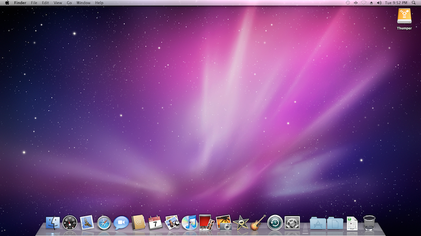These steps apply only to Mac computers with an Intel processor. The steps to erase a Mac with Apple silicon are different.
Before erasing your Mac
If you are having issues with your Mac, Recovery Partition allows you to repair the hard drive, erase the hard drive and install a new copy of OS X. If you are having issues with your Mac, Recovery Partition allows you to repair the hard drive, erase the hard drive and install a new copy of OS X, or even restore your Mac from a Time Machine backup.
- Make a backup of any files that you want to keep. Erasing your Mac permanently deletes its files.
- If you want to restore your Mac to factory settings, such as to prepare it for a new owner, first learn what to do before you sell, give away, or trade in your Mac. Then erase your Mac as the final step.
Use Disk Utility to erase your Mac
- Start up from macOS Recovery: Turn on your Mac, then immediately press and hold these two keys until you see an Apple logo or other image: Command (⌘) and R.
- If asked, select a user you know the password for, then enter their administrator password.
- From the utilities window, select Disk Utility and click Continue.
- Select Macintosh HD in the sidebar of Disk Utility. Don't see Macintosh HD?
- Click the Erase button in the toolbar, then enter the requested details:
- Name: Macintosh HD
- Format: APFS or Mac OS Extended (Journaled), as recommended by Disk Utility
- Click Erase Volume Group. If you don't see this button, click Erase instead.
- If asked, enter your Apple ID. Forgot your Apple ID?
- After the erase is done, select any other internal volumes in the sidebar, then click the delete volume (–) button in the toolbar to delete that volume.
Disregard any internal volume named Macintosh HD or Macintosh HD - Data, as well as any volumes in the External and Disk Images sections of the sidebar. - Quit Disk Utility to return to the utilities window.
- If you want to start up again from the disk you erased, select Reinstall macOS in the utilities window, then click Continue and follow the onscreen instructions to reinstall macOS.

If you don’t see Macintosh HD in Disk Utility
- After you erase your hard drive, it will be ready to clean the operating system. These directions are different whether you're using an Intel- or Apple silicon-based Mac. Install a fresh copy of macOS on an Intel-based machine. You should already be in the utility window after erasing your Mac.
- 6) In the erase tab you will see the Format section. Next to this option is the dropdown from where you can choose how you wish to format the drive. For instance, if you wish to use the drive only for one of the Mac OS versions, select Mac OS Extended. If you wish to install the Windows OS on the hard drive, then choose MS-DOS (FAT).
- Paragon Disk Wiper for Mac allows to create a bootable USB-flash drive or external hard drive that will help you to completely erase a whole hard disk, a separate partition or just clean free space. After booting your Mac with the bootable media you will be able to use Wipe Wizard to irreversibly remove your confidential data.
Your built-in startup disk should be the first item listed in the Disk Utility sidebar. It's named Macintosh HD, unless you changed its name. If you don't see it there, choose Apple menu > Shut Down, then unplug all nonessential devices from your Mac and try again.
If your disk still doesn't appear in Disk Utility, or Disk Utility reports that the erase process failed, your Mac might need service. If you need help, please contact Apple Support.

Erase Hard Drive Mac Os X 10.5.88

Learn more
How To Erase Hard Drive Mac Os X 10.6.8

Erase Hard Drive Mac Os X 10.5.8download For Mac Os X 10 5 8
For more information about using Disk Utility, see the Disk Utility User Guide.